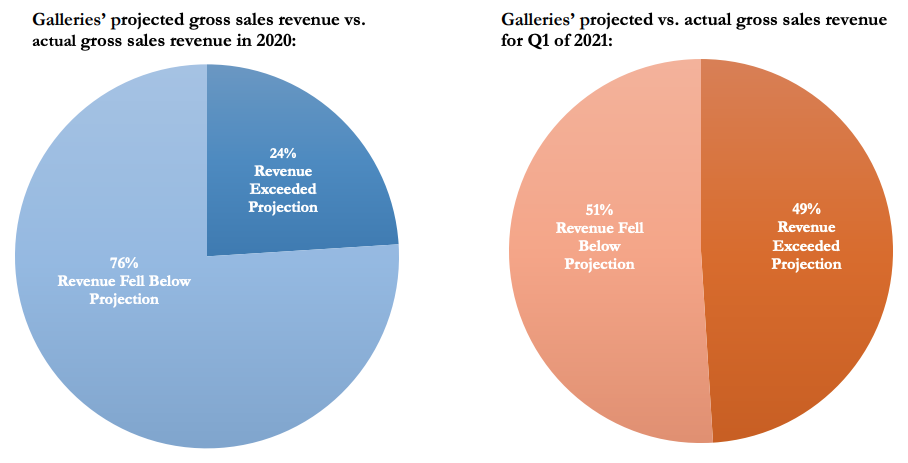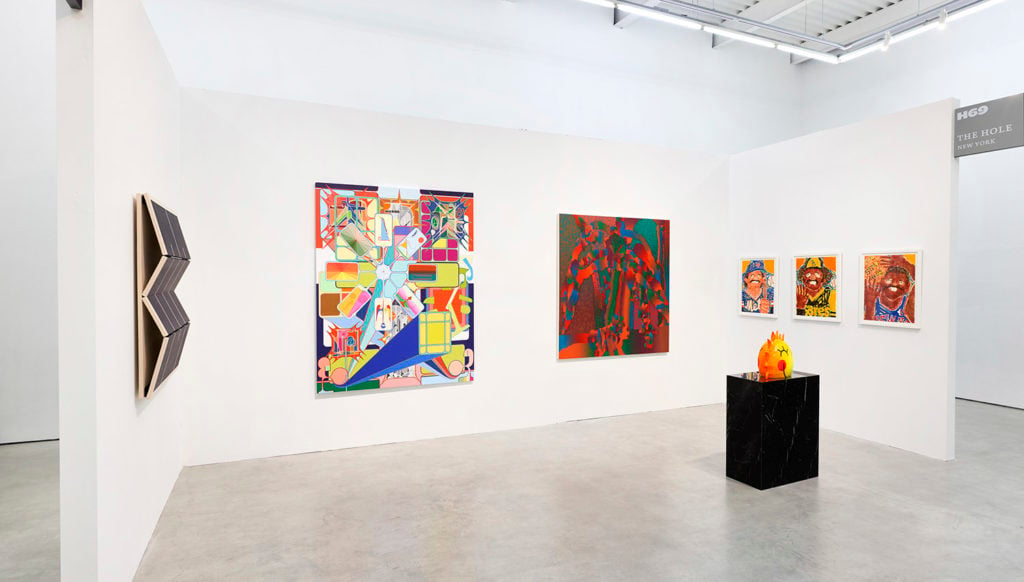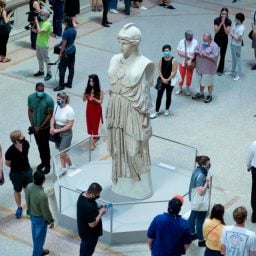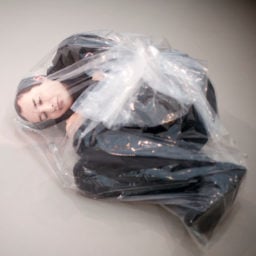After a year’s worth of revenue losses, pay cuts, and all-around uncertainty, things may be looking up for galleries across the U.S., according to a new report.
The 2021 COVID-19 Impact Survey, conducted in June and released today by the Art Dealers Association of America (ADAA), suggests that the majority of dealers are on their way to recapturing the business they lost during the long months of lockdown and the concomitant financial crisis.
Encouragingly, two-thirds of those surveyed said they plan to expand their roster of artists this year, while three-fourths will return to in-person art fairs. Forty-nine percent of respondents reported that gallery earnings exceeded expectations in the first quarter in 2021.
The results are put into sharp relief by those of ADAA’s last survey, released in May of 2020. Back then, the outlook appeared particularly bleak, with respondents projecting dramatic revenue losses as well as furloughs and layoffs.
With today’s follow-up survey, we have a better—albeit still imperfect—understanding of the damage actually incurred over the last year and change.
Seventy percent of respondents reported a decline in revenue in the 2020 fiscal year, but the number of staff cuts wasn’t as significant as once expected: 78 percent of respondents made no layoffs in 2020, while 84 percent made no furloughs. Two-thirds of galleries did not have to institute pay-cuts.

A graphic from the ADAA 2021 COVID-19 Impact Survey. Courtesy of the Art Dealers Association of America.
A key factor in mitigating the damage was the influx of federal funds. Nearly 90 percent of respondents applied for a Paycheck Protection Program loan from the Small Business Association, with all but seven percent of them receiving some kind of financial assistance.
Still, gallery staff members that were let go haven’t been hired back at an encouraging rate. In 2020, galleries reported that, on average, the number of full-time employees on staff dipped 21 percent below pre-pandemic levels. More than a year later, that figure is still hovering around 18 percent.
Importantly, there are differences between the pool of respondents for the two reports. The 2020 Impact Survey reflected responses from 168 galleries, 51 percent of which hailed from the northeast. This year’s report worked from just 81 respondents, and a much greater chunk of them—71 percent—came from the northeast.
ADAA’s president, San Francisco-based gallerist Anthony Meier, praised the resilience of his fellow dealers in a statement.
“While it is clear that galleries have yet to return to pre-pandemic levels of activity, the ADAA’s 2021 report also demonstrates just how nimble and innovative galleries continue to be, as so many quickly pivoted to virtual programs; found ways to sustain their physical spaces; and retained staff, through an unprecedented period,” Meier said.










